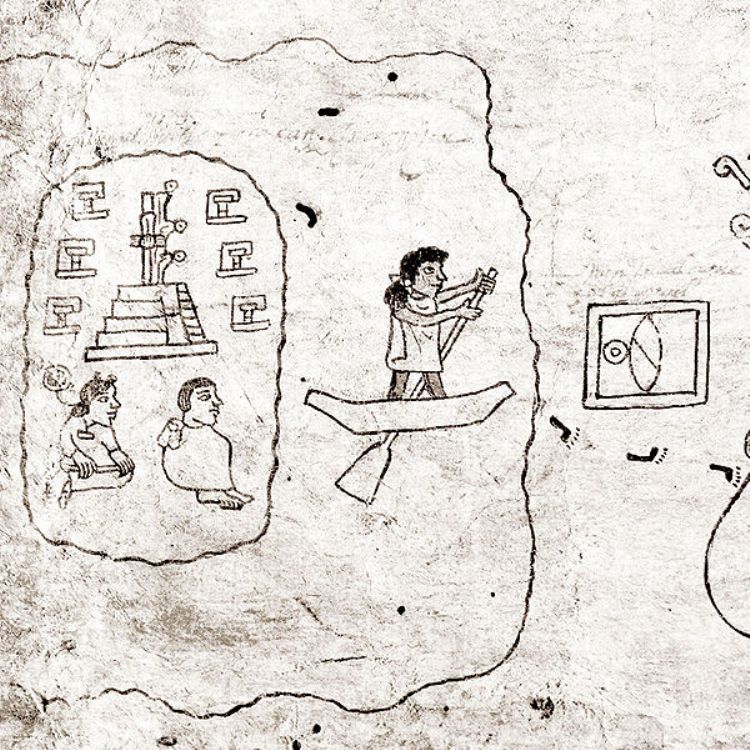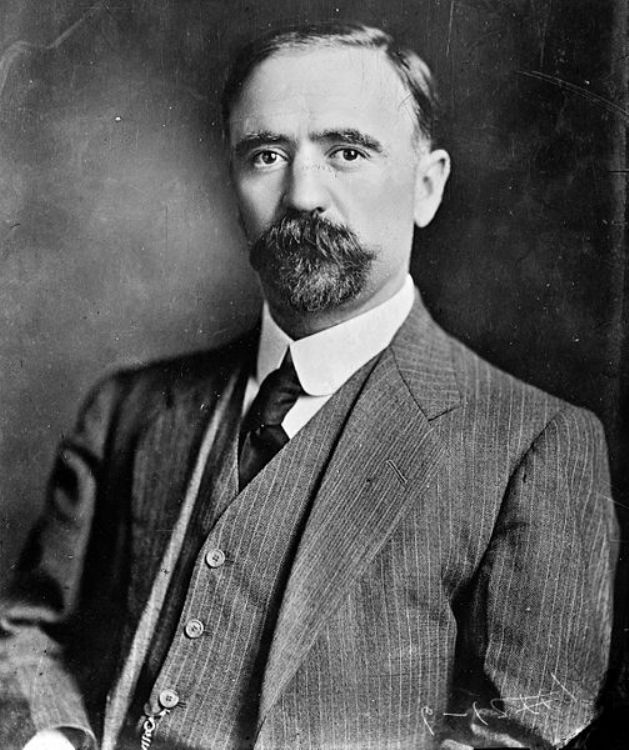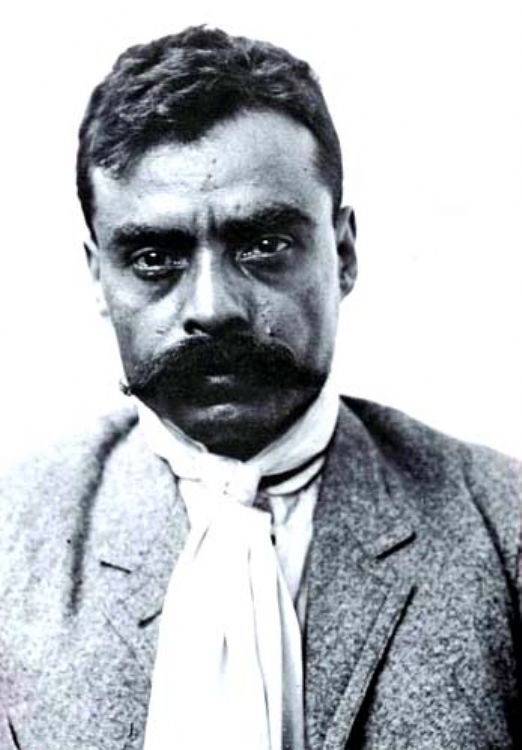Poverty in Mexico and the Poorest States

Different international organisms have developed instruments to measure poverty, the poverty line method refers to the income level a home needs for satisfying its food and non-food needs; there are others developed by specialized organisms from the UN that take into consideration income levels and the proper means for development such as nutrition, education and health.
In Mexico, the Ministry of Social Development considers that 54% of all Mexicans live in poverty, indicating they live with less than US$4 per day, while 32% lives with less than US$2.5 and 24% with less than US$2. Under this perspective, the States of greater poverty in the country are Chiapas, Guerrero, Oaxaca, Tabasco and Durango, concentrating high percentages of Indian populations.
Poverty is directly related to the capacity to generate employment sources, and the potential development based on education, professionals, technicians and researchers that provide a region with the means to create marketable services and an infrastructure that allows the region to relate in economics and jobs to other sectors.
However, in Mexico the uneven distribution of wealth has concentrated income from commerce to certain sectors, such as those specifically dedicated to the export of goods and services, leaving others unattended such as the agriculture sector, which most of these Stateâs development relies on.
The Indian areas additionally suffer marginalization in the number of schools and the distance between one education center and the next, in rural areas a school is generally integrated by students from very far regions and of difficult access, promoting absenteeism. There is a scarcity of high schools, and it is less frequent to find technical and professional education centers.
Health services are concentrated around the most populated areas, or in the Statesâ capitals, making transportation difficult from the town due to the null or scarce infrastructure allowing the transport of patients to health centers or regional hospitals.
Although efforts have been made to attack poverty, the root of the problem is the way economic centers are structured, within the urban areas that revolve, in countries such as ours, around the manufacturing and raw goods sectors, although in Mexico the States of greatest poverty are important producers, the low wages and little or none public and private investments to these regions prompt individuals to migrate to industrial and urban areas, ultimately abandoning the fields.
The marginalization suffered by at least half of all Mexicans, obligates us to think about strategies that directly attack the abandonment of the agriculture sector and promote production projects for improving the life quality of these millions of Mexicans that survive under the poverty line and that to a great extent are condemned to inherit their children a life of scarcity and hardship.
Relevant Article: Poverty in Mexico
Artículo Producido por el Equipo Editorial Explorando México.
Copyright Explorando México, Todos los Derechos Reservados.
Photo: Jorge Aboumrad Vega






